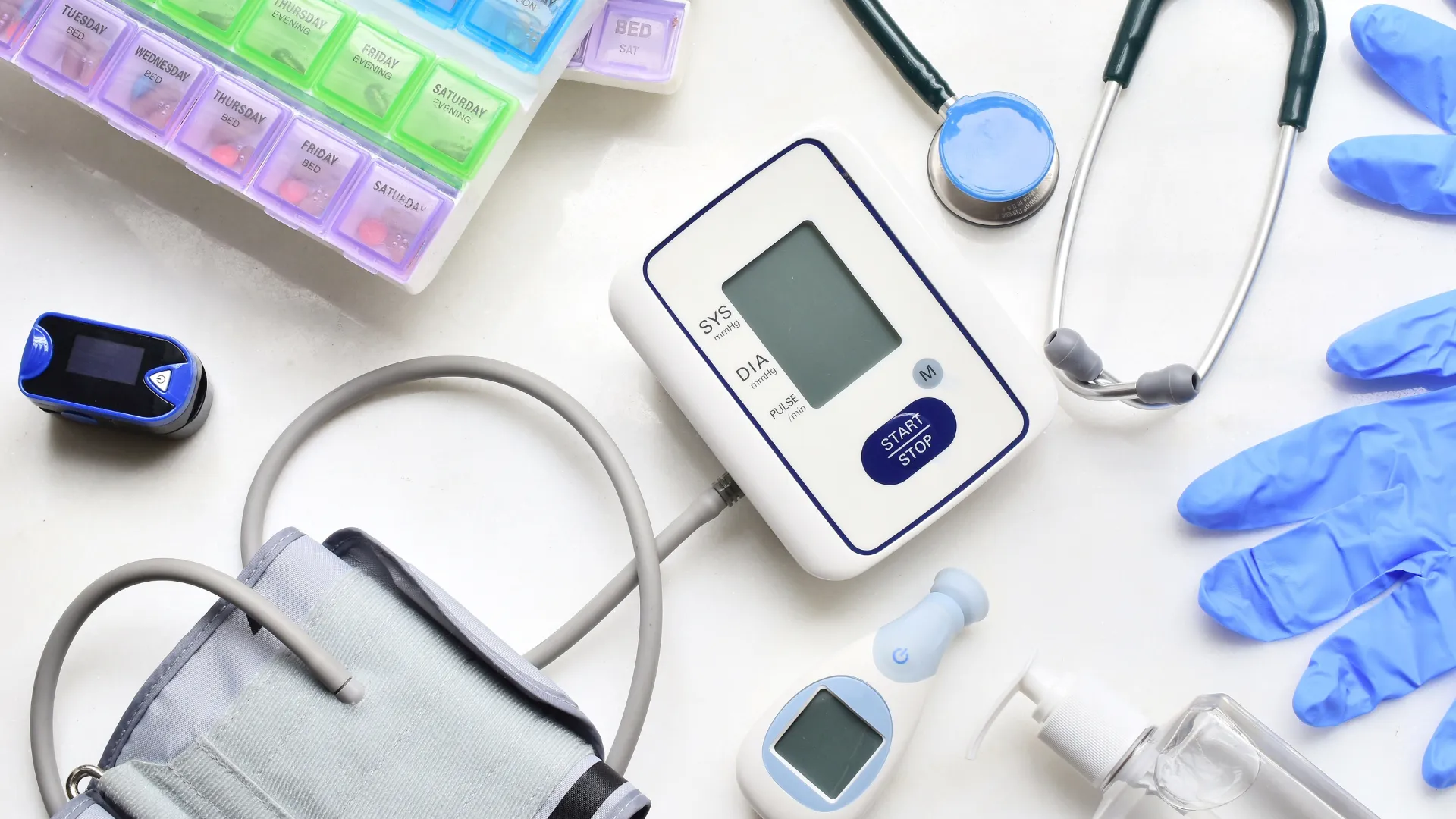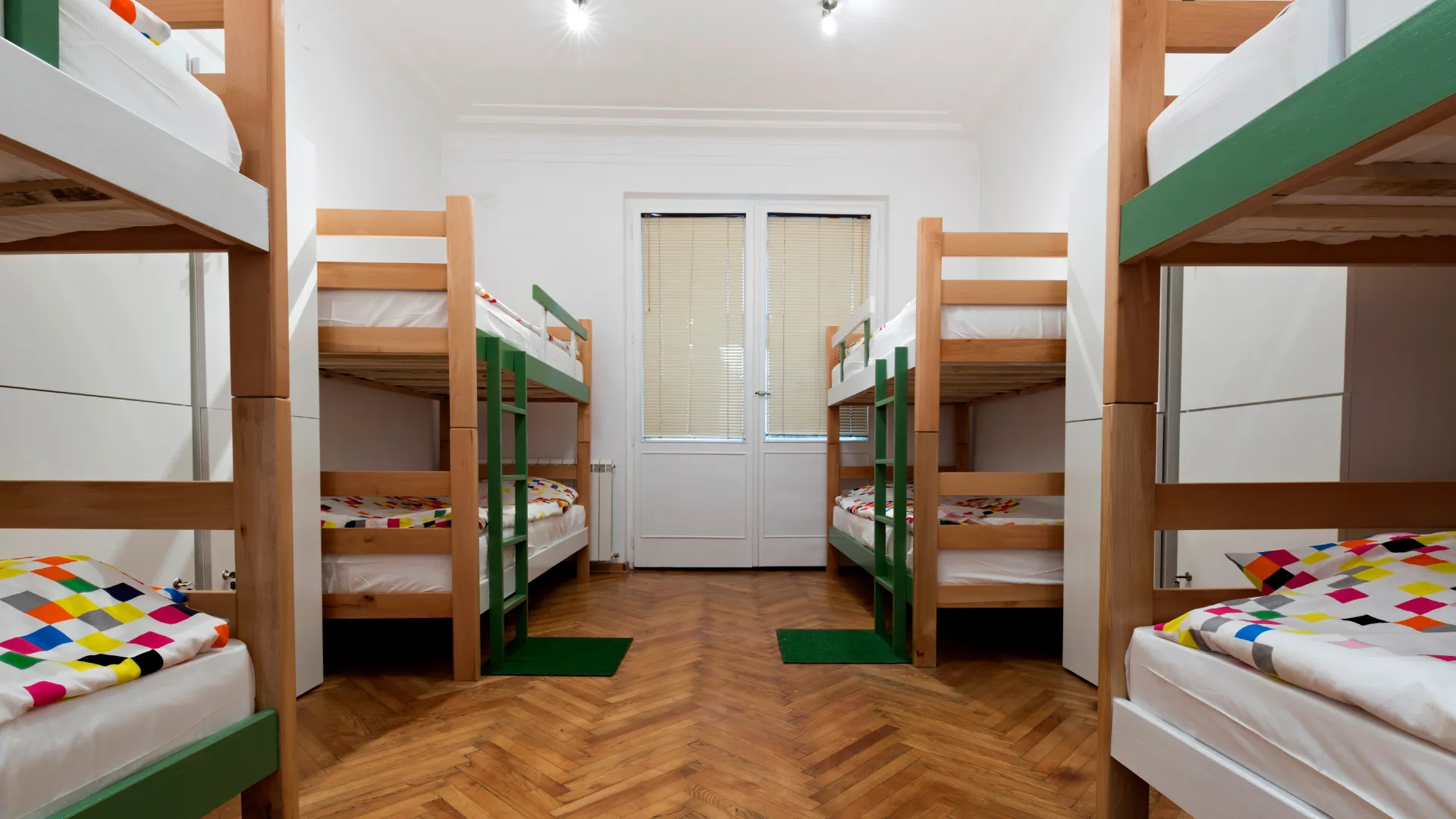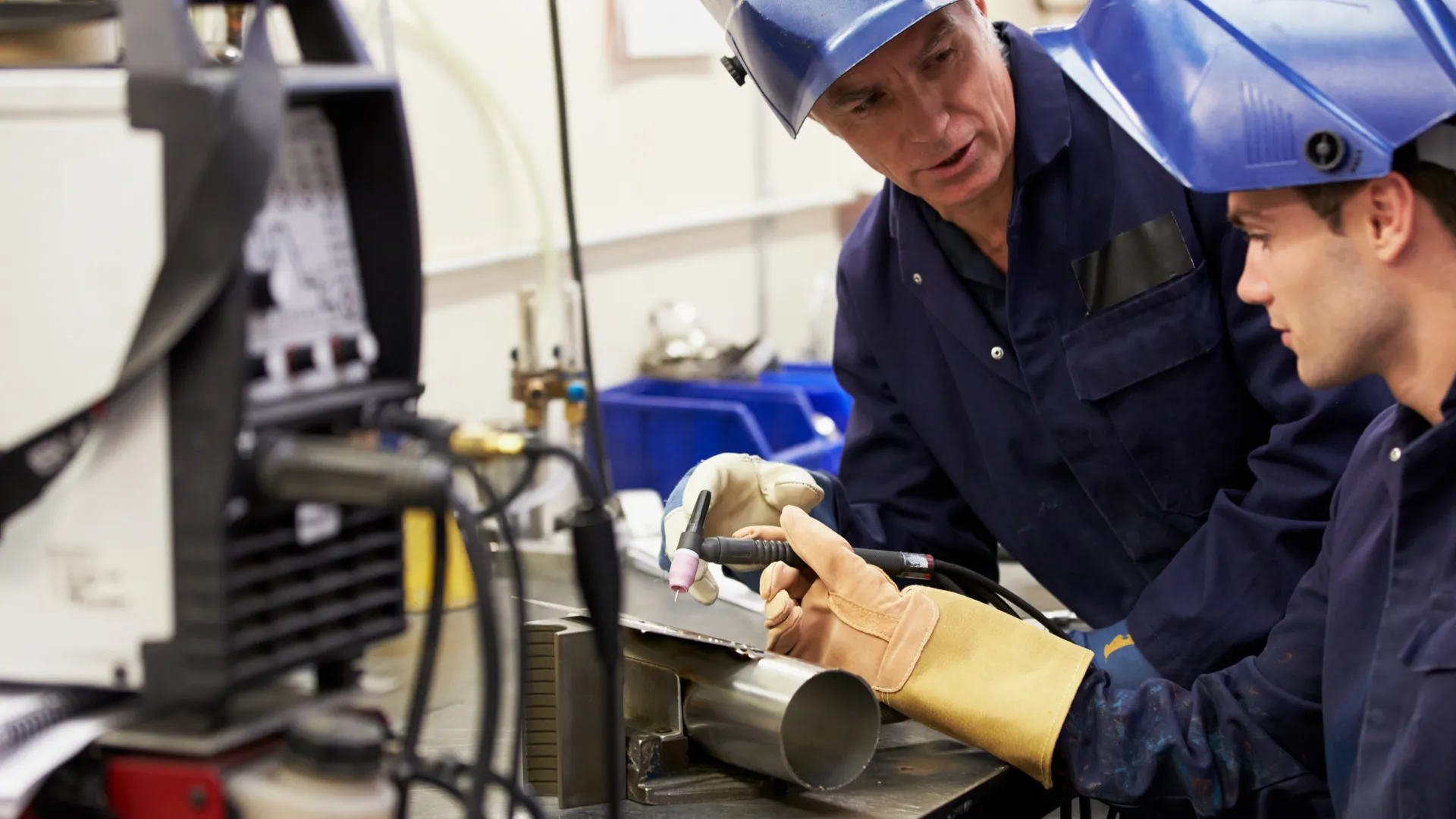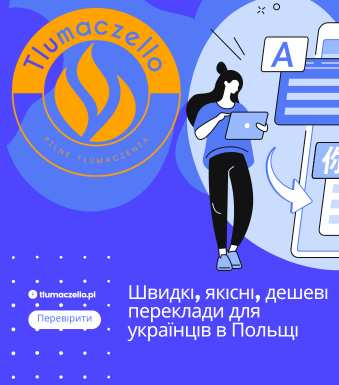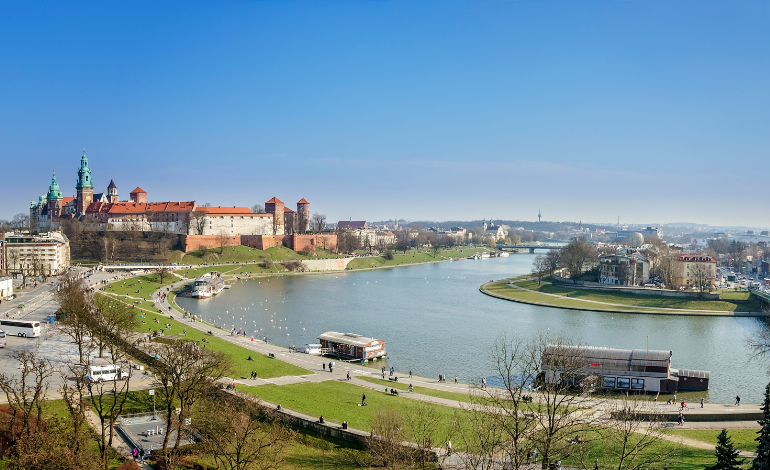How to make a sanitary-epidemiological book (książeczka sanepid) in Poland by yourself

So it’s time for me to make a sanitary book, or sanepid book, as it is often called in Poland. If you’re reading this article because you found it through a Google search, you probably know what this book is and what it’s for, but for those who are here for other reasons, I’ll remind you that it’s a document in the form of a booklet where a doctor makes a record based on examinations and tests that you can work with food, i.e., as they say in Poland, in gastronomy. Gastronomy means kitchen, restaurant, waiter work, food production, etc. For this type of work, you need a sanitary book.
How did we work without sanitary and epidemiological certificates and what did it lead to?
To be honest, we worked without books for the entire last year, because since the Sanitary and Epidemiological Service warns about the day of the inspection, our chef knew that the inspection would be in April 2018, and our restaurant was open until the end of March, because we were adjusting to the length of the ski season of our ski center. However, it happened a little differently. To begin with, my colleague and I adhere to the principles of conscience in our lives and try to treat people the way we would like to be treated.
Therefore, whether we have sanitation books or not, we keep our workplace tidy and clean. Disposable gloves are also present even in places where you don’t have to wear them. And once, when at the height of the season we had constant queues of 15 or more people, which did not decrease from 11 am to 3 pm, we worked in our usual mode and served, among other things, one woman who works in the sanitary and epidemiological department of our city, which we, of course, did not know about. She ate, drank, and then came up, introduced herself, and asked to see inside, saying that she had no right to check now because she came as a client, but if she saw any deficiencies, she would point them out so that they could be fixed in advance of their official arrival.
In fact, I really could have refused to let her in, but I didn’t want to quarrel with her, I was a little confused by her sudden arrival and I was sure that everything was fine. In fact, it was, she only pointed out that there was no sink right next to the workplace, and I showed her where it was and that it was a specific working condition on the mountain. She heard my accent and asked me if I was from Ukraine, had a nice conversation and asked me about my sanitary certificate and whether I had one (there are two of us working on the mountain). I lied and said that the boss had them. She asked if it was true, and I convinced her that it was. There is a rule here that the books are in the boss’s safe, the boss is not here, but he has the key, and they won’t check today because they don’t have the right. That’s how we worked the whole season. In the summer, we didn’t have books either, but when we returned for the 2018/2019 season, the boss told us that we had to make them.
Gathering information
At the very beginning, I asked the Ukrainian women, the older women who work with us. Each of them had done it with some Polish guy they knew, so the information was not accurate.
Procedure
To save time for you, I will immediately describe the correct procedure and algorithm, which we did not know at the time.
Taking the tests. Badanie. Part 1: What to do?
- Go to the local sanitary and epidemiological department. I searched for it on Google Maps by typing in the phrase sanepid + my city.
- When you get there, you need to ask the security guard or at the cash desk which office you need.
– Good afternoon, I need to do a sanitary check for a catering job (Dzień dobry, potrzebuje zrobić badanie sanepid do pracy w gastronomii).
I came with a friend, we were both sent to room 6. We were having our tests checked in the city of Bielsko-Biała.
- You are supposed to have a passport or other identification document with you, but in fact, no one asked us for them. The fact is that the sanitary and epidemiological department will only do tests, and with their results you will have to go to the doctor. I came, told the lady in the waiting room the same thing as the guard, she gave me a form to fill out, a hermetically sealed test tube and told me to come back tomorrow with the filled test tube and the completed form.
Clarification: the test tube contains a fecal sample. It will have to be taken three times within three days. You cannot take all three at once. Do NOT buy tubes at the pharmacy. They are designed for a quick two-hour analysis. In the sanitary and epidemiological center, they give you a sealed test tube with a gel inside, the analysis in such a test tube is valid for up to 48 hours. It can be done in the evening and delivered in the morning.
- We go home. We fill out a form in Polish. There is nothing difficult there. Your name and surname are the same as in your international passport, instead of PESEL, write the series and number of your international passport in the appropriate column (if you do not have PESEL). Also enter the address of residence – the city, its postal code (to find it, type in the phrase kod pocztowy + city in Google = you will find a 5-digit postal code) and the street with the house number. Leave the time and date blank for now. When you need to use the restroom, write your name and surname, as well as the date and time of collection, in Latin, as in your passport, on the test tube. Write the date and time of the sample on the questionnaire.
- In the morning we go to take the first test. Take the test tube and the questionnaire. We pay 100 zlotys. We took the test in Bielsko-Biała, where they take tests from 7:30 am to 9:30 am. It may be different for you, check with us. When we arrived, we first went to the cash desk at the sanitary and epidemiological center, gave the questionnaire and the lady took the data. By the way, it is advisable to write the data in the questionnaire in legible capital Latin letters. We pay 99 zlotys. We are given a receipt. We go to the same room where we took the tubes and the questionnaire. We hand in the test tube and the questionnaire. The receptionist checks it and gives us a receipt. Then we were not asked for it again. The lady gave us a new questionnaire and a new test tube. Keep a sample of the previous questionnaire, if you find it difficult to write on a new one, then rewrite the data, just change the time of the test. The next day, we go and take the test and the questionnaire again and take a new tube and a clean questionnaire. In total, we take three tests. I went with a friend, and once without him, I took his test tube and questionnaire and mine. They accept it without any problems, but you have to pay for the first time for yourself.
Note: keep in mind that you can’t take a test in a tube first and pass it on the same day. You can’t buy such a test tube in advance at a pharmacy, they are issued at the sanitary and epidemiological station. They are special. We bought the wrong ones at the pharmacy, brought them back, got the right ones from the sanitary and epidemiological station, and took them back the next day, and had to throw the ones we brought on the first day into the first trash can we found.
So, in total, we spent 5 days. The first day we arrived, took the tubes and questionnaires. On the second day, we paid, handed in the first questionnaires and the first tubes, and took new ones. On the third and fourth days, we handed in the tests and questionnaires. The last day was Friday and we were told that the results would be ready on Tuesday. You can take the results from 12 days to 14 days. We arrived on Tuesday. We took the results. There were three sheets, a conclusion for each day.
Visit to an occupational medicine doctor. Part 2. What to do
With the results of the tests, we need to go to a doctor, who is supposed to look at the tests, ask how we feel, and then give us the results of the test.
You need not just any doctor, but an occupational medicine doctor – lekarz medycyny pracy.
The price of the test
What you paid for the tests is separate, but you need to pay the doctor separately. In large cities where there is a lot of competition, it usually costs 40 PLN. In small towns, it’s 50 or 70 zlotys.
Where can I find an occupational medicine doctor?
I just typed it in Google and it showed me several nearby. As a result, I couldn’t find one at the address. Another one moved away and the building was being demolished (a crane was destroying it in front of me), but while looking for the third one, we accidentally passed by the CENTRUM MEDYCZNY sign. We went in and asked. They said that we had to wait in line in the morning, at 7 am, because the doctor was already at 1 pm, since we hadn’t arrived yet. We did find a doctor who was supposed to work from 3 to 6 p.m., but his office was not valid at that address. We came back to our small town of Szczyrk, where I called the phone number from the Internet, but it was almost 4 p.m. and no one answered. I did not give up and we went to the local clinic, where the lady at the reception said that she could make an appointment for Thursday at 5 pm, when the doctor would be available. We agreed, but we had some business in Katowice that day and didn’t get home until 10 pm. Therefore, we did not manage to see a doctor on Thursday. On Friday we went to Bielsko, a big city. We made an appointment at the same medical center, but arrived there at 8 am and got numbers 56 and 57. We waited about 50 minutes. By the way, to get in line, I went to the reception, from where I was directed to room 2 to ask. I apologized, went in, asked. The lady told me to wait at the reception for a number. We waited in line for 40 minutes. When I arrived, the lady checked my documents, my passport, gave me a document and told me to go to the second floor to room 6 to see the doctor. There were lines of 2-3 people. Before going to the doctor, I paid 40 zlotys to the cashier. The doctor was nice, polite, and asked me if I was in pain. I answered that I felt fine. She smiled and signed the book. With the book I went downstairs to the reception area. They signed something else and gave me the book, which is valid for two years.
By the way, you have to buy the booklet form yourself. They are not sold at the doctor’s office or in the sanitary and epidemiological department. You can buy it in a bookstore. In any bookstore. I asked the lady at the reception desk on the first day, when we didn’t have time to see the doctor, and she said that in Bielsk they were available in the Klimchok shopping center. We bought them there, they cost 2 zlotys each.
Is the sanitary certificate for yourself or from your employer?
There is one more nuance. You can get a sanitary book for yourself or from your employer. It’s easier to get it for yourself, but there are employers who want it only from them. In this case, the employer provides a document – a skierowanie – and the tests and the book are based on it. Our employer didn’t care, as long as we had the book, so we made it for ourselves (dla siebie). The lady at the reception desk will ask you how to do it. Just keep in mind that if you don’t agree with your employer in advance, you can make a book and they won’t accept it. So ask in advance.
When we picked up the books, we actually gave them to the boss for safekeeping because he has to have them. This week we have a sanitary inspection, so maybe I’ll write an update on the situation afterwards.
Language
Of course, the issue of language is quite important in order to solve all the nuances with the sanitary book. But you can use a translator on your phone. You also need to have navigation and the Internet on your phone. Then you will find both the sanitary and epidemiological center and the doctor. The main thing is not to be afraid, to be confident and purposeful and not to be lazy, not to pay intermediaries, but to do it yourself, because it’s all real.



